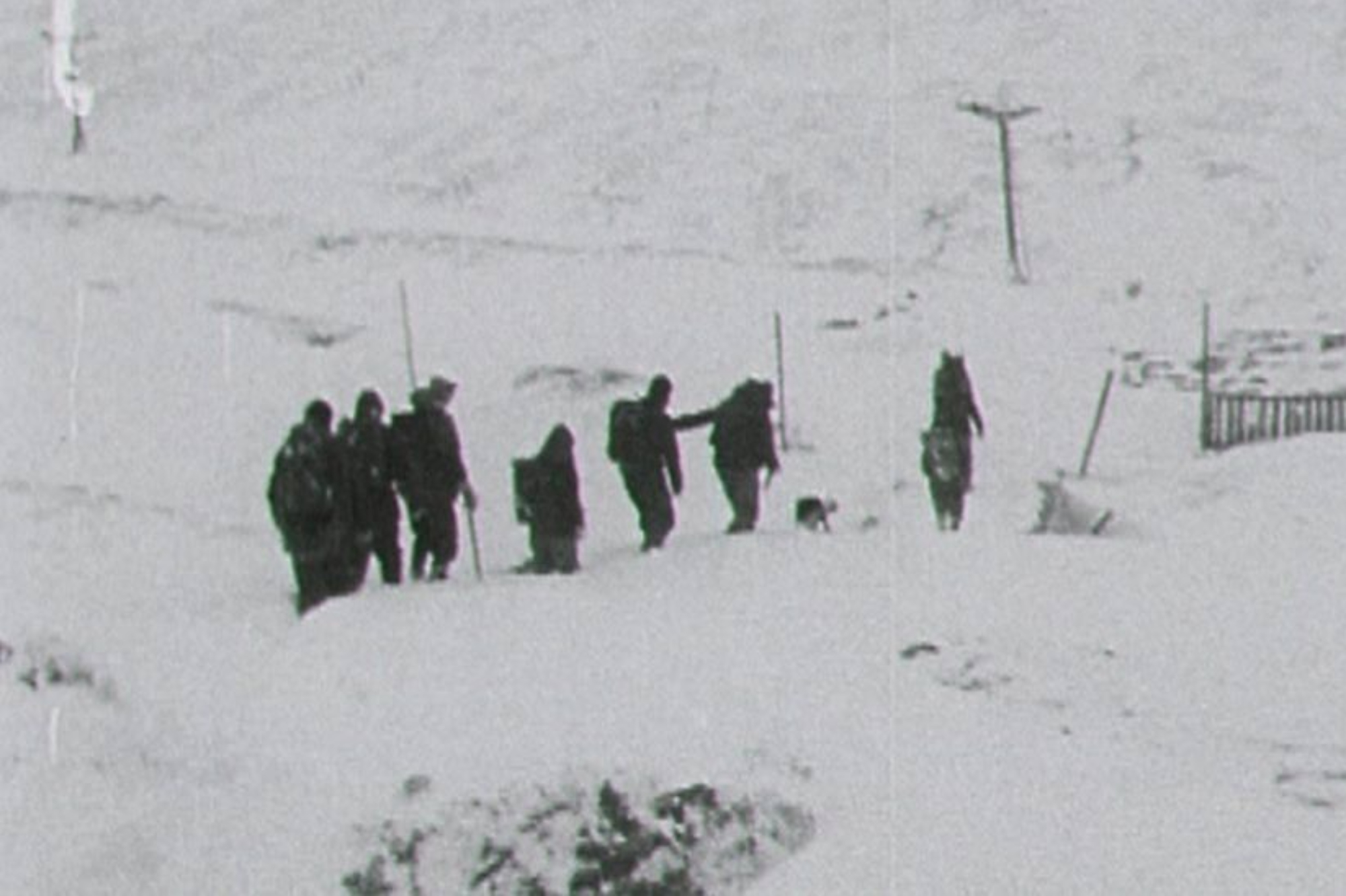Fifty years ago this week, the UK experienced the worst mountaineering debacle in modern history. Five adolescent students and their guide perished during a weekend school trip to the Cairngorms.
A weekend expedition to Ben Macdui

The Cairngorms, with Ben Macdui behind. Photo: Shutterstock
On November 20, 1971, 14 students from Ainslie Park secondary school set out for a weekend school outing to the Cairngorms mountain range in Scotland’s eastern Highlands.
Ben Beattie, Ainslie Park’s 23-year-old outdoor education teacher, spearheaded the short expedition. Joining him were Beattie’s 20-year-old girlfriend and fellow mountaineer, Catherine Davidson, and 18-year-old Sheelagh Sunderland, a mountain guide-in-training at the Lagganlia outdoor center near the Cairngorms.
Beattie’s plan involved dividing the students into two groups, according to experience. The groups would take different routes over the Cairngorm’s plateau to Ben Macdui (1,309m), the second-highest peak in the UK. Beattie helmed the eight strongest hikers. Davidson and Sunderland oversaw the less experienced group.
The expedition would, in theory, take two days and one night. Both teams would meet at Corrour Bothy, where they would set up camp before hiking back the following day.
That was the plan.
A blizzard strikes the Cairngorms

Ben Beattie phoned the Lagganlia Center from one of these rescue stations on November 21, 1971. Photo: Commons
Although Beattie, Davidson, and Sunderland were prepared for cold conditions, they weren’t ready for a severe turn in the weather. A blizzard walloped the groups, disorienting them on the featureless plateau. Temperature drops would soon prove fatal.
Beattie’s team was able to secure higher ground and a shelter where they spent the night. Facing similarly dire conditions the next day, Beattie steered his students off the plateau to a hut where he could radio the Lagganlia Centre.
Davidson and Sunderland’s team were not so fortunate. For two days, they huddled on the mountainside in their bivouac, unable to move because of the storm. Lagganlia dispatched a team of 50 rescue workers from surrounding areas to locate the missing group.

Catherine Davidson and the helicopter team that rescued her, November 22, 1971. Photo: Commons
On Monday, November 22, a helicopter crew spotted Davidson crawling and searching for help. When they reached Sunderland and the six students, they found all but one deceased and buried in snow. Carol Bertram, Diane Dudgeon, Lorraine Dick, Susan Byrne, and William Kerr, aged 15 and 16, along with Sunderland, had perished. Only 15-year-old Raymond Leslie and Davidson survived.
Impact

Ben Beattie was the outdoor education instructor at Ainsley Park secondary school. Photo: Commons
Three months later, authorities conducted a fatal accident inquiry into the Cairngorms tragedy. It revealed that the permission forms issued to parents of the Ainsley Park students did not state that the expedition would include winter mountaineering. Still, the quorum held that Beattie and John Paisley, Lagganlia Centere’s principal, were not responsible for the fatalities.
The inquiry did require schools to provide more exacting information to parents and guardians about excursions involving certain risks. It also called for improved training and certification standards of instructors and for institutions like Lagganlia to consult with experts when planning emergency accommodations.
Now, 50 years on, it’s difficult to quantify how impactful Britain’s greatest mountain disaster in the Cairngorms has been on mountaineering and outdoor guiding protocols. The Lagganlia Centre remains open and continues to instruct youth in the safe pursuit of adventure.






